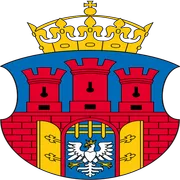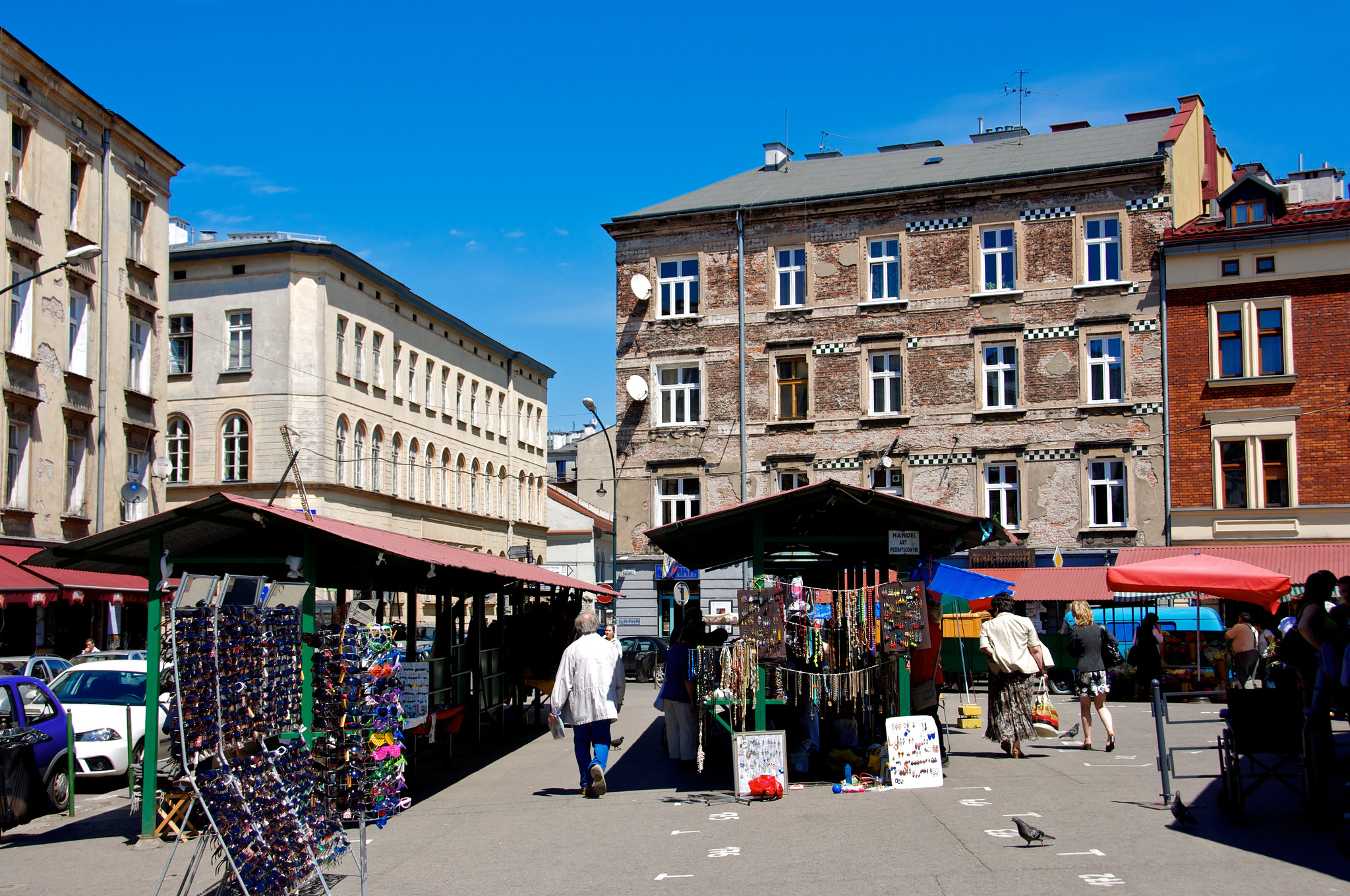Tucked away in the heart of Krakow, Poland, lies a neighborhood steeped in history and cultural significance. Kazimierz, once a thriving Jewish quarter, now stands as a testament to the rich heritage of the Jewish community that called this area home for centuries. While many visitors flock to the more well-known attractions, it’s the hidden synagogues of Kazimierz that truly offer a glimpse into the area’s fascinating past.
As you wander through the narrow, cobblestone streets of Kazimierz, you can’t help but feel transported back in time. The air is thick with history, and around every corner lies another architectural gem waiting to be discovered. Among these treasures are the lesser-known synagogues that have managed to survive the test of time and the ravages of war.
One such hidden gem is the Kupa Synagogue, tucked away on Miodowa Street. Built in the early 17th century, this modest yet beautiful house of worship boasts intricate wall paintings and a unique wooden bimah. Despite its unassuming exterior, stepping inside reveals a world of color and artistry that has been carefully preserved over the years.
Not far from the Kupa Synagogue, you’ll find the High Synagogue, named for its prayer hall located on the first floor – a rarity in synagogue architecture. Though no longer used for religious services, the High Synagogue now serves as a fascinating museum, offering visitors a chance to learn about Jewish customs and traditions.
As you continue your exploration, you might stumble upon the Isaac Synagogue, named after its wealthy founder, Isaac Jakubowicz. This baroque-style synagogue, with its ornate stucco decorations and impressive dome, stands as a testament to the prosperity of Krakow’s Jewish community in the 17th century. Today, it hosts cultural events and exhibitions, keeping the spirit of the community alive.
Perhaps the most intriguing of Kazimierz’s hidden synagogues is the Remuh Synagogue. Nestled in a quiet courtyard, this small 16th-century synagogue is still in use today, making it the oldest active synagogue in Poland. Adjacent to the synagogue lies the historic Remuh Cemetery, where visitors can pay their respects to Rabbi Moses Isserles, a renowned Jewish scholar whose tomb has become a pilgrimage site.
While these hidden synagogues may not be as grand or well-known as some of Krakow’s other attractions, they offer a unique and intimate look into the city’s Jewish heritage. Each one tells a different story, from the struggle for survival during World War II to the ongoing efforts to preserve and celebrate Jewish culture in modern-day Poland.
As you explore these hidden treasures, you’ll likely encounter local guides eager to share their knowledge and personal connections to the area. Their stories bring the synagogues to life, painting a vivid picture of what life was like in Kazimierz during its heyday.
It’s worth noting that while some of these synagogues are open to the public, others may require advance booking or have limited visiting hours. However, the effort to seek them out is well worth it for those interested in delving deeper into Krakow’s Jewish history.
As your journey through Kazimierz comes to an end, you’ll likely find yourself with a newfound appreciation for the resilience and rich cultural heritage of Krakow’s Jewish community. These hidden synagogues serve as silent witnesses to centuries of history, inviting visitors to pause, reflect, and connect with a past that continues to shape the present.
In a world where so much of our travel experiences are dictated by popular attractions and well-trodden paths, taking the time to explore the hidden synagogues of Kazimierz offers a refreshing and deeply meaningful alternative. It’s a journey that not only educates but also touches the heart, leaving visitors with lasting memories and a deeper understanding of this remarkable neighborhood’s place in history.
The Kazimierz district, once a separate town and later the Jewish Quarter of Kraków, stands as a testament to centuries of Jewish culture and history in Poland. Despite facing devastation during World War II and subsequent neglect, Kazimierz has experienced a remarkable revival in recent decades. Today, it serves as a vibrant cultural hub, attracting tourists and locals alike with its historic synagogues, museums, and thriving arts scene. The area’s transformation symbolizes both the preservation of Jewish heritage and the ongoing process of reconciliation and renewal in post-Holocaust Poland, making Kazimierz an important site for remembrance, education, and cultural exchange.

